Home>Storage & Organization>Kitchen Organizing Tools>How To Prevent Cats From Using The Garden As A Litter Box
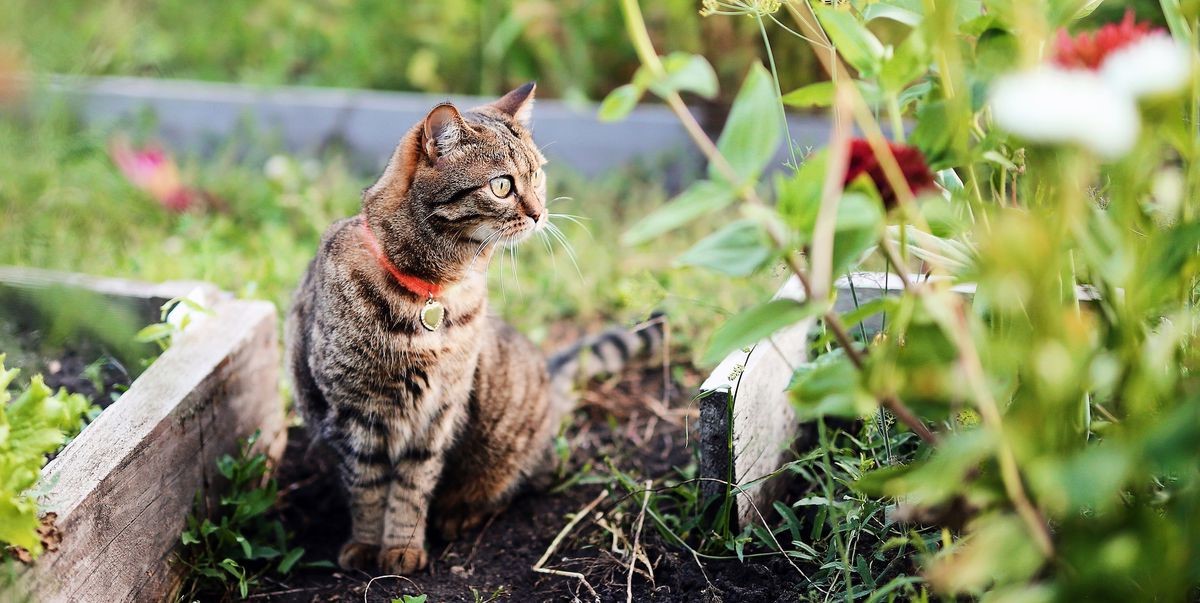

Kitchen Organizing Tools
How To Prevent Cats From Using The Garden As A Litter Box
Published: February 23, 2024
Discover effective kitchen organizing tools to prevent cats from using the garden as a litter box. Keep your outdoor space clean and cat-free with these essential products.
(Many of the links in this article redirect to a specific reviewed product. Your purchase of these products through affiliate links helps to generate commission for Storables.com, at no extra cost. Learn more)
Introduction
Cats are beloved pets known for their independent nature and playful demeanor. However, for many garden enthusiasts, these endearing felines can pose a challenge when they decide to use the garden as their personal litter box. The sight of freshly tilled soil or meticulously arranged flower beds being used as a restroom by neighborhood cats can be frustrating and disheartening for gardeners. Fortunately, there are effective strategies to prevent cats from turning your garden into their litter box, allowing both your plants and the cats to coexist harmoniously.
In this comprehensive guide, we will explore various methods to deter cats from using your garden as a litter box. From understanding the behavior of cats to implementing natural deterrents and physical barriers, we will cover a range of practical and humane approaches to address this common issue. By incorporating these strategies into your gardening routine, you can create a cat-friendly environment while safeguarding the beauty and cleanliness of your outdoor space.
Whether you are a seasoned gardener or a novice enthusiast, dealing with cats using your garden as a litter box can be a persistent challenge. By gaining insights into feline behavior and employing effective preventive measures, you can reclaim your garden as a tranquil and inviting sanctuary for both plants and humans. Let's embark on this journey to discover the most effective ways to deter cats from using the garden as a litter box, ensuring a harmonious coexistence between your green oasis and the charming neighborhood cats.
Key Takeaways:
- Create a cat-friendly area in your garden with cozy shelters, cat-friendly plants, and fresh water to encourage cats to stay in designated spots and protect the rest of your garden.
- Use natural deterrents like citrus scents, repellent plants, and rough textures to keep cats away from your garden without harming them, creating a harmonious environment for both plants and felines.
Read more: How To Teach A Cat To Use A Litter Box
Understanding the Behavior of Cats
Cats are known for their curious and independent nature, and their behavior in the garden is often influenced by their instincts and territorial tendencies. Understanding the underlying reasons for their attraction to garden spaces is crucial in devising effective strategies to deter them from using the area as a litter box.
One key aspect of feline behavior is their instinctual need to mark their territory. Cats are territorial animals, and they often use scent marking as a way to establish and maintain their territory. When a cat urinates in a particular area, it leaves behind pheromones that signal its presence to other cats. This behavior is especially common in outdoor environments, where cats may encounter unfamiliar feline visitors.
Additionally, the texture of garden soil and loose, soft mulch can be appealing to cats as a natural litter substrate. The loose consistency of soil resembles the texture of a litter box, making it an attractive spot for cats to relieve themselves. Furthermore, the presence of rodents, insects, or other small creatures in the garden can also draw cats to the area, as they are natural hunters and may be enticed by potential prey.
Moreover, the layout of the garden and the availability of hiding spots can influence a cat's behavior. Cats are known for their love of exploration and seeking out secluded areas for relaxation. Gardens with dense foliage, shrubs, or garden structures can provide ideal hiding spots for cats, making them more likely to frequent these areas.
By gaining insights into these behavioral patterns, gardeners can develop targeted approaches to discourage cats from using the garden as a litter box. By addressing the underlying reasons for their attraction to the space, such as territorial marking, substrate preference, and hunting instincts, gardeners can implement strategies that effectively deter cats while ensuring a safe and welcoming environment for both the felines and the garden itself.
Creating a Cat-Friendly Area
Creating a cat-friendly area within your garden can be an effective strategy to redirect feline behavior and minimize their inclination to use other parts of the garden as a litter box. By providing an appealing and designated space for cats, you can encourage them to frequent that area while preserving the cleanliness and integrity of the rest of your garden.
One approach to creating a cat-friendly area is to incorporate designated resting and hiding spots that cater to a cat's natural instincts. This can include strategically placing cozy shelters, such as small outdoor cat houses or covered resting areas, where cats can seek refuge and relaxation. These shelters can be positioned in quiet and secluded corners of the garden, providing cats with a sense of security and comfort.
In addition to shelters, integrating cat-friendly plants and grasses can further enhance the appeal of the designated area. Cats are known to enjoy nibbling on certain types of grass, which can aid in their digestion and provide enrichment. Planting catnip, catmint, or ornamental grasses in the designated space can attract cats and encourage them to spend time in that area. Moreover, incorporating vertical elements, such as cat-friendly climbing structures or perches, can offer cats elevated vantage points and opportunities for exercise, aligning with their natural inclination to explore and observe their surroundings.
Furthermore, ensuring the availability of fresh water sources within the cat-friendly area is essential for the well-being of visiting felines. Consider placing a shallow and easily accessible water bowl in the designated space, as cats are more likely to frequent areas where water is readily available. This not only promotes hydration but also contributes to creating a welcoming environment that encourages cats to spend time in the designated area.
By creating a cat-friendly area that caters to their natural behaviors and needs, you can effectively steer cats away from using the rest of the garden as a litter box. This approach not only benefits the garden by preserving its cleanliness and aesthetics but also promotes the well-being and contentment of the visiting felines. Through thoughtful design and consideration of feline preferences, you can establish a harmonious coexistence between your garden and the neighborhood cats.
Using Natural Deterrents
Implementing natural deterrents can be an effective and environmentally friendly approach to discourage cats from using the garden as a litter box. By leveraging scents, textures, and plants that are unappealing to cats, gardeners can create an inhospitable environment for feline intruders while maintaining the integrity of the garden ecosystem.
One natural deterrent that can be employed is citrus-based scents. Cats are known to have an aversion to citrus odors, making citrus peels an accessible and practical deterrent. Placing citrus peels or spraying citrus-infused water in targeted areas of the garden can help repel cats due to the strong and unpleasant scent. Additionally, the use of citrus-scented essential oils or natural sprays can serve as a long-lasting deterrent, creating an olfactory barrier that discourages cats from venturing into specific areas.
Another natural deterrent that aligns with feline aversions is the use of certain herbs and plants. Plants such as lavender, rue, and pennyroyal are known for their repellent properties against cats. These plants emit fragrances that cats find displeasing, deterring them from approaching or using the areas where these plants are cultivated. By strategically incorporating these plants into the garden landscape, gardeners can naturally discourage cats from turning the garden into their litter box.
Moreover, the utilization of rough or prickly textures can dissuade cats from accessing specific areas of the garden. Mulch infused with rough textures, such as pine cones or stone chips, can create discomfort for cats, deterring them from digging or lounging in those areas. Additionally, placing rough-textured materials, such as chicken wire or plastic carpet runners with the pointy side up, in targeted spots can effectively discourage cats from frequenting those areas.
Furthermore, the introduction of motion-activated deterrents, such as water sprayers or noise-emitting devices, can startle cats and discourage them from entering the garden. These non-harmful deterrents can be strategically placed in areas where cats are prone to visit, providing an unexpected and aversive stimulus that prompts them to avoid those locations.
By incorporating natural deterrents that leverage scents, textures, and plant choices, gardeners can effectively discourage cats from using the garden as a litter box. These methods not only align with environmentally conscious practices but also contribute to maintaining a harmonious and cat-friendly garden environment. Through the strategic application of natural deterrents, gardeners can protect their garden while respecting the natural behaviors and instincts of visiting felines.
Place chicken wire or prickly mulch in the garden to deter cats from using it as a litter box. You can also try planting strong-smelling herbs like lavender or rosemary to repel them.
Installing Physical Barriers
Installing physical barriers is a proactive and practical approach to prevent cats from accessing and using the garden as a litter box. By creating physical obstacles that deter feline intruders, gardeners can effectively safeguard their outdoor space while promoting a cat-friendly environment.
One effective physical barrier is the installation of fencing or mesh barriers around the perimeter of the garden. These barriers serve as a clear boundary that restricts cats from entering the garden space. When selecting fencing or mesh materials, it is important to choose options with small gaps or openings to prevent cats from squeezing through or climbing over the barriers. Additionally, ensuring that the barriers are securely anchored to the ground can further discourage cats from attempting to breach the boundaries.
Another practical physical barrier is the use of prickly or rough surfaces in targeted areas of the garden. Placing materials such as prickly branches, thorny bushes, or rough-textured ground cover can create discomfort for cats, dissuading them from walking or lounging in those areas. Additionally, the strategic placement of physical deterrents, such as plastic mats with pointy textures, can effectively discourage cats from accessing specific spots within the garden.
Moreover, the installation of motion-activated deterrents, such as ultrasonic devices or air blasters, can serve as physical barriers that deter cats from entering the garden. These devices emit unexpected stimuli, such as high-frequency sounds or bursts of air, when triggered by the presence of cats, prompting them to avoid the protected areas. When strategically positioned in key entry points or frequented areas, these motion-activated deterrents can effectively deter cats while minimizing human intervention.
Furthermore, creating elevated surfaces or structures within the garden can act as physical barriers that limit cats' access to certain areas. Installing cat-proof fencing or barriers around raised garden beds or delicate plantings can prevent cats from causing damage or using those areas as litter spots. Additionally, providing alternative elevated spaces, such as designated cat-friendly platforms or perches, can redirect cats' attention and activities to specific areas within the garden.
By implementing physical barriers that encompass fencing, prickly surfaces, motion-activated deterrents, and elevated structures, gardeners can effectively deter cats from using the garden as a litter box. These practical measures not only protect the garden's integrity but also contribute to creating a safe and inviting environment for both the garden and the visiting felines. Through the strategic deployment of physical barriers, gardeners can establish a harmonious coexistence between their outdoor space and the neighborhood cats.
Regularly Maintaining the Garden
Regular maintenance of the garden plays a pivotal role in deterring cats from using the space as a litter box while promoting a healthy and vibrant outdoor environment. By implementing consistent upkeep practices, gardeners can create an inhospitable environment for feline intruders while preserving the beauty and functionality of the garden.
One essential aspect of garden maintenance is the prompt removal of cat feces and urine odors. Regularly inspecting the garden for signs of feline activity and promptly removing any waste can discourage cats from revisiting the area. By eliminating the scent markers left behind by cats, gardeners can disrupt the territorial signaling that attracts other felines to the space. Additionally, the removal of waste contributes to maintaining a clean and hygienic garden environment, promoting the well-being of both plants and visitors.
Furthermore, cultivating dense and robust vegetation can serve as a natural deterrent to cats. By nurturing healthy and lush plantings, gardeners can create a less accessible and less appealing environment for cats to roam and dig. Dense foliage and ground cover can limit cats' mobility within the garden, reducing their inclination to use the space as a litter box. Additionally, the presence of well-maintained vegetation contributes to the overall aesthetics and ecological balance of the garden.
Incorporating regular soil cultivation and mulch maintenance can also discourage cats from using the garden as a litter box. By regularly turning and aerating the soil, gardeners can disrupt the soft and inviting texture that attracts cats for digging and elimination. Moreover, replenishing mulch and ground cover materials can help maintain a consistent and less appealing substrate for cats, reducing their interest in using the garden for littering purposes.
Moreover, the strategic placement of deterrents and sensory disruptors, such as motion-activated devices or natural repellents, should be regularly monitored and maintained. Ensuring that these deterrents remain functional and effective can contribute to deterring cats from accessing and using the garden as a litter box. Additionally, the periodic renewal of natural deterrents, such as citrus peels or herbal plantings, can help sustain their effectiveness in repelling feline intruders.
By consistently maintaining the garden through waste removal, vegetation cultivation, soil management, and deterrent upkeep, gardeners can create an environment that discourages cats from using the space as a litter box. These proactive maintenance practices not only contribute to a cat-friendly and aesthetically pleasing garden but also promote a harmonious coexistence between the outdoor space and its visitors. Through regular maintenance, gardeners can effectively deter cats while nurturing a thriving and inviting garden environment.
Conclusion
In conclusion, addressing the challenge of cats using the garden as a litter box requires a multifaceted approach that considers both the needs of the garden and the natural behaviors of feline visitors. By gaining insights into the territorial instincts, substrate preferences, and environmental stimuli that influence feline behavior, gardeners can implement effective strategies to deter cats while fostering a harmonious coexistence.
Understanding the behavior of cats is fundamental to devising successful preventive measures. By recognizing their instinctual need to mark territory, preference for certain textures, and affinity for secluded spaces, gardeners can tailor their approach to create a cat-friendly environment within the garden. This understanding forms the basis for implementing targeted solutions that address the underlying reasons for cats' attraction to the garden space.
Creating a designated cat-friendly area within the garden, complete with shelters, cat-friendly plants, and water sources, not only redirects feline behavior but also promotes their well-being. This approach encourages cats to frequent a specific area while minimizing their impact on the rest of the garden, fostering a balanced and mutually beneficial relationship.
Furthermore, the use of natural deterrents, such as citrus scents, repellent plants, and rough textures, provides an environmentally friendly means of discouraging cats from using the garden as a litter box. These natural solutions align with sustainable gardening practices and contribute to maintaining a healthy and vibrant outdoor space.
Incorporating physical barriers, such as fencing, prickly surfaces, and motion-activated deterrents, serves as a proactive measure to safeguard the garden while respecting the natural behaviors of visiting cats. These barriers create clear boundaries and discourage cats from accessing areas where their presence may pose challenges to the garden's integrity.
Regular maintenance practices, including waste removal, vegetation cultivation, and deterrent upkeep, play a crucial role in creating an environment that deters cats from using the garden as a litter box. Consistent upkeep not only promotes the cleanliness and aesthetics of the garden but also contributes to disrupting the environmental cues that attract feline visitors.
By integrating these strategies and maintaining a proactive and empathetic approach, gardeners can effectively deter cats from using the garden as a litter box while fostering a welcoming and cat-friendly outdoor space. This comprehensive approach not only addresses the immediate challenge but also promotes a deeper understanding of coexisting with the natural world, creating a garden that thrives in harmony with its feline visitors.
Frequently Asked Questions about How To Prevent Cats From Using The Garden As A Litter Box
Was this page helpful?
At Storables.com, we guarantee accurate and reliable information. Our content, validated by Expert Board Contributors, is crafted following stringent Editorial Policies. We're committed to providing you with well-researched, expert-backed insights for all your informational needs.
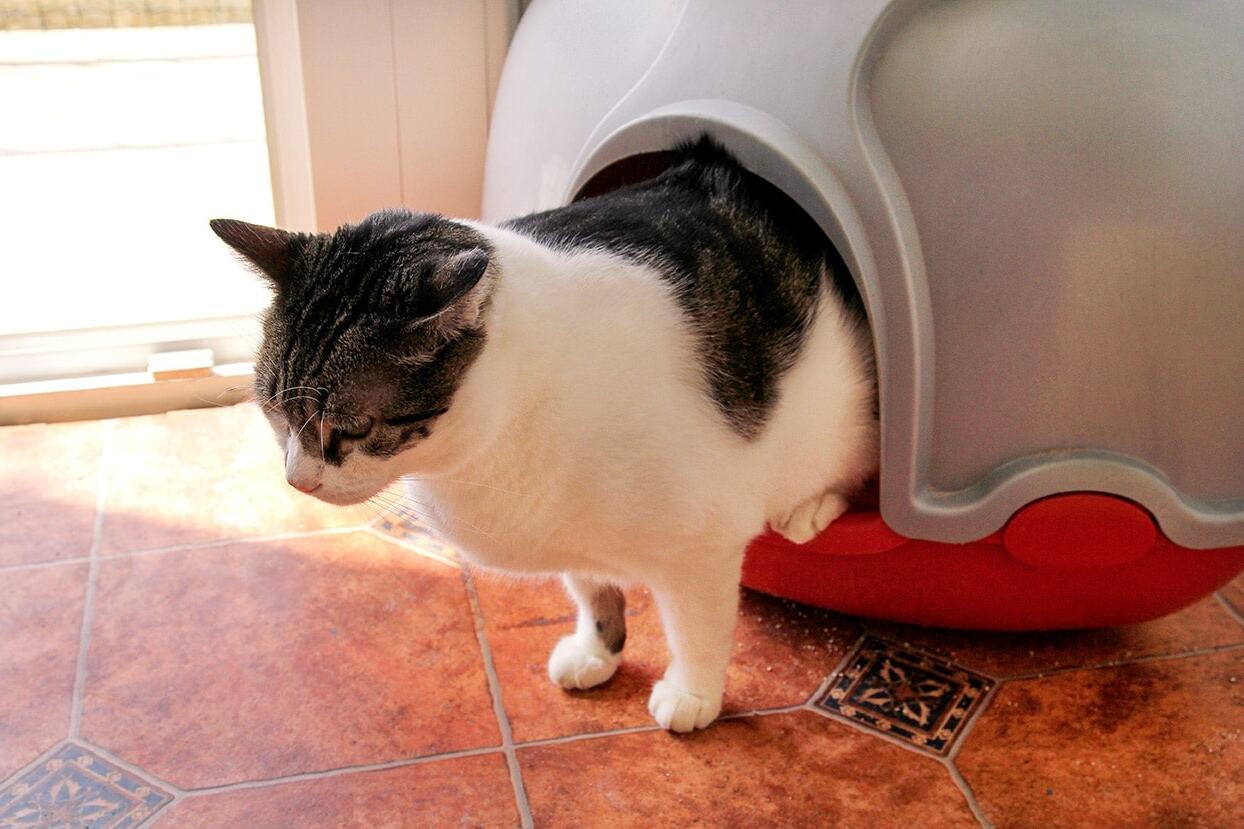
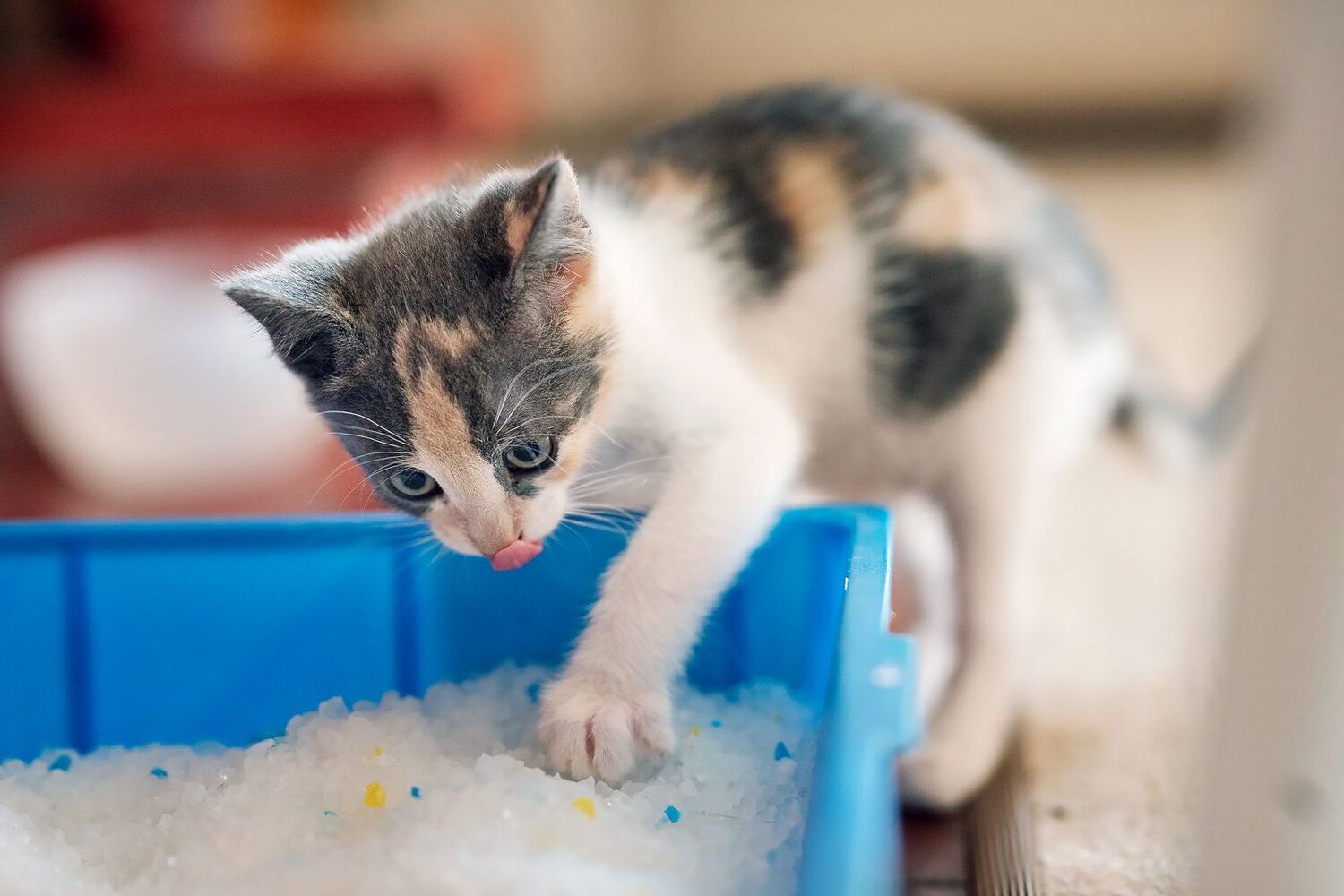
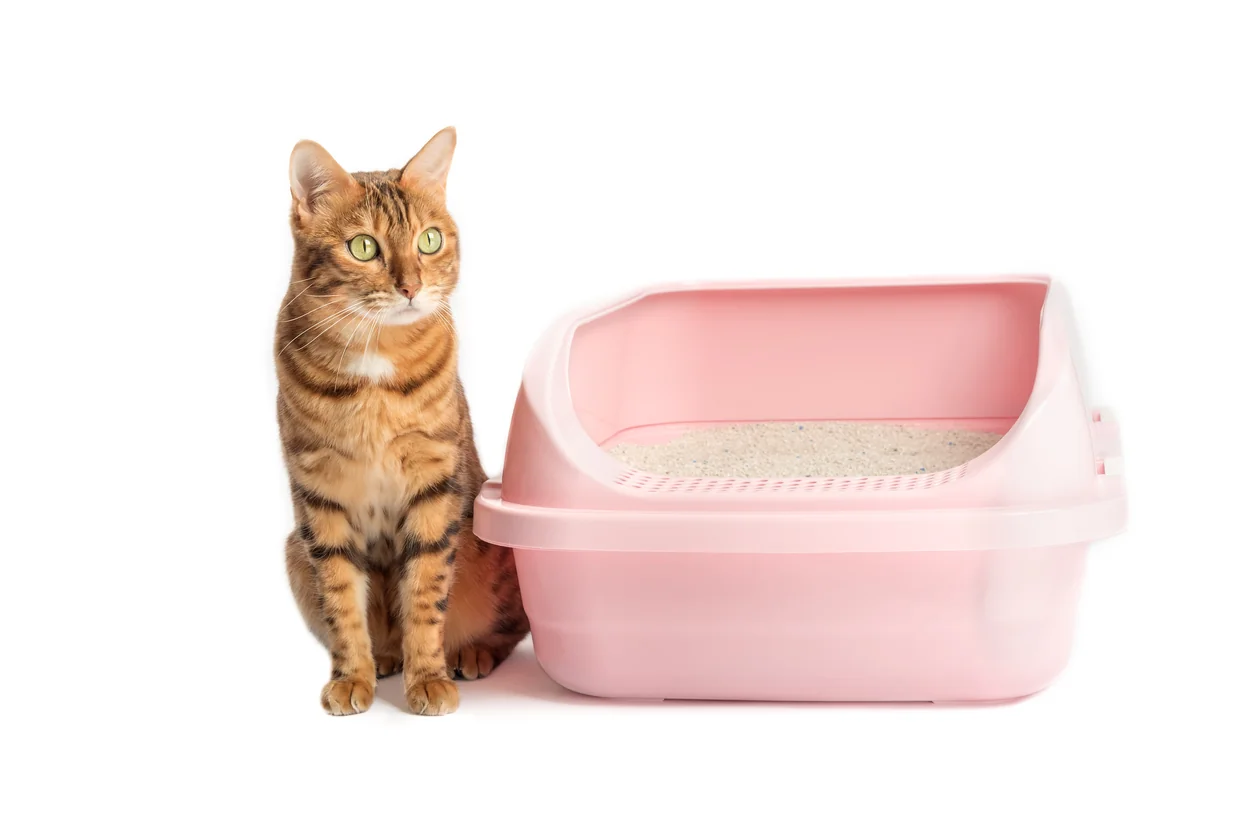
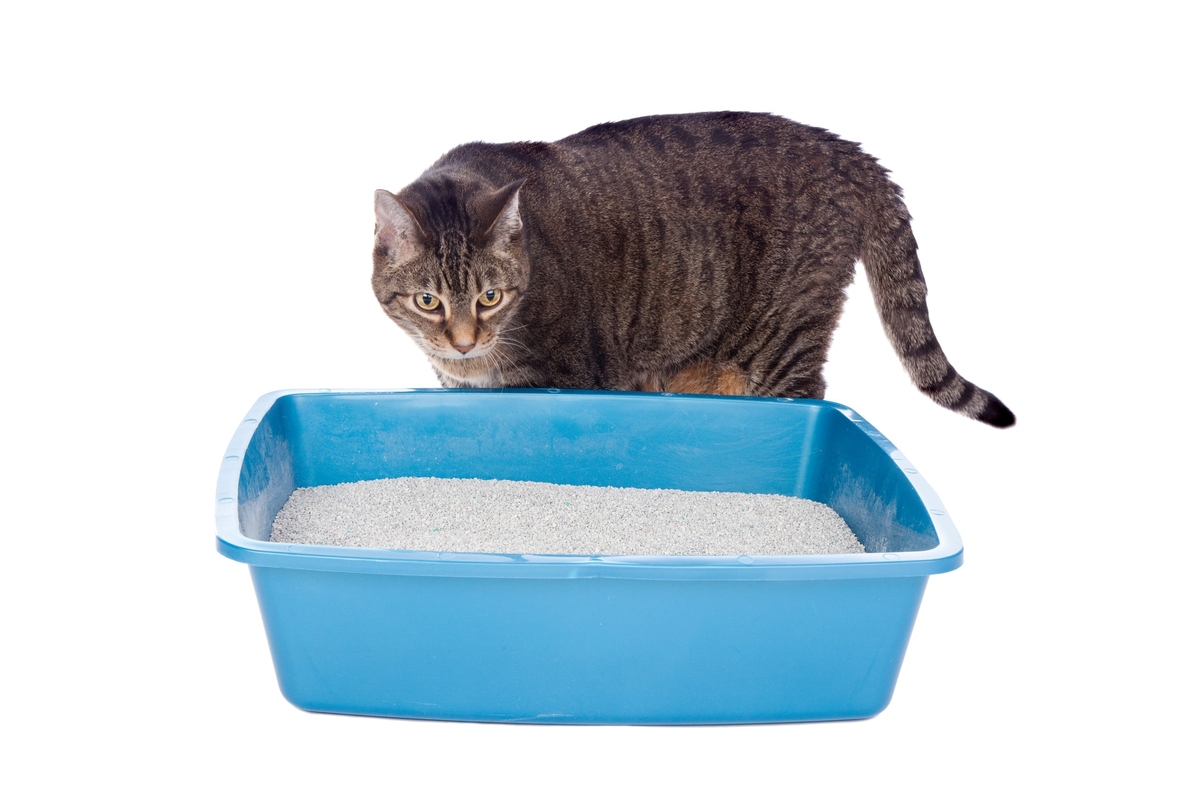
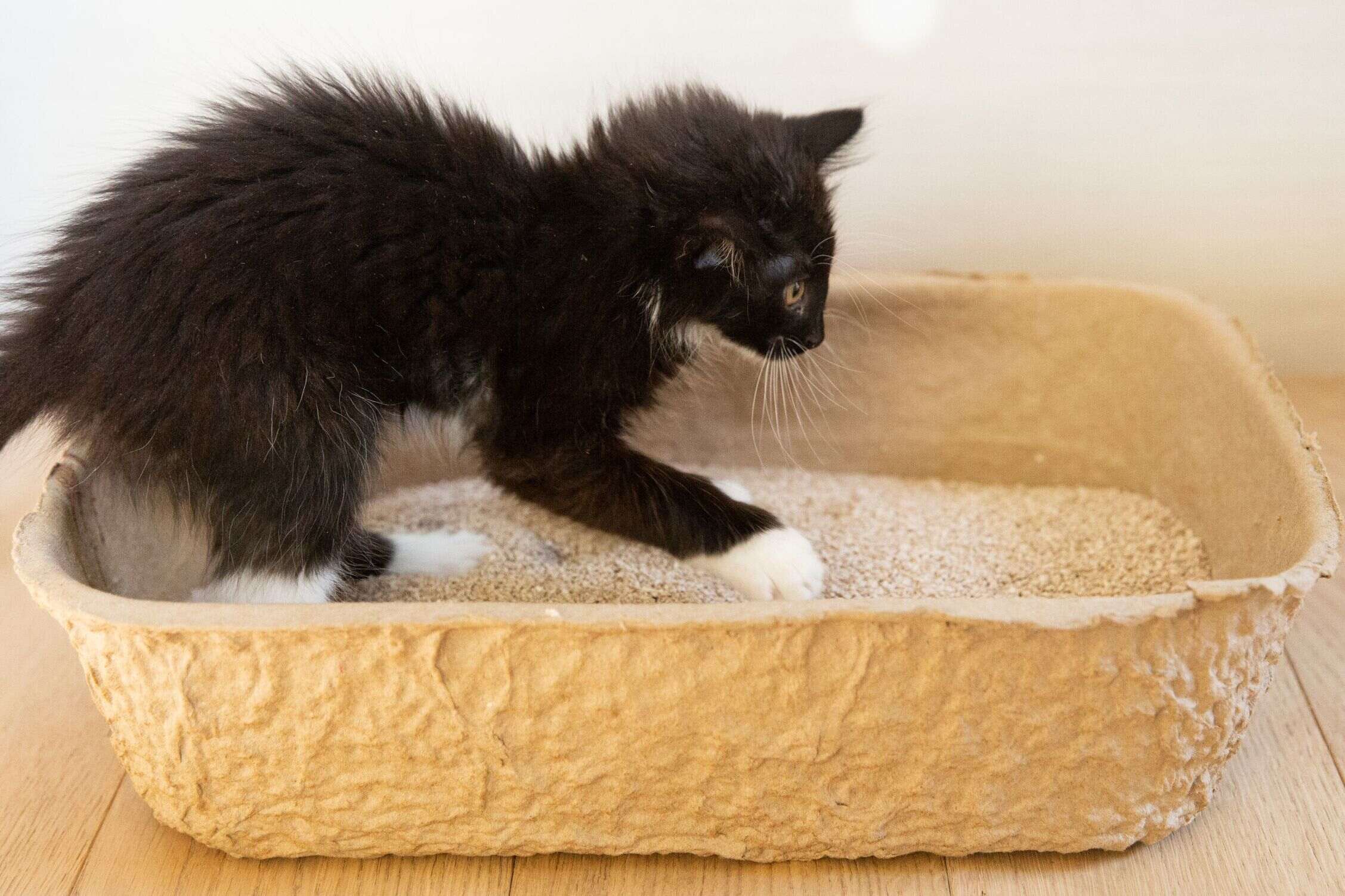
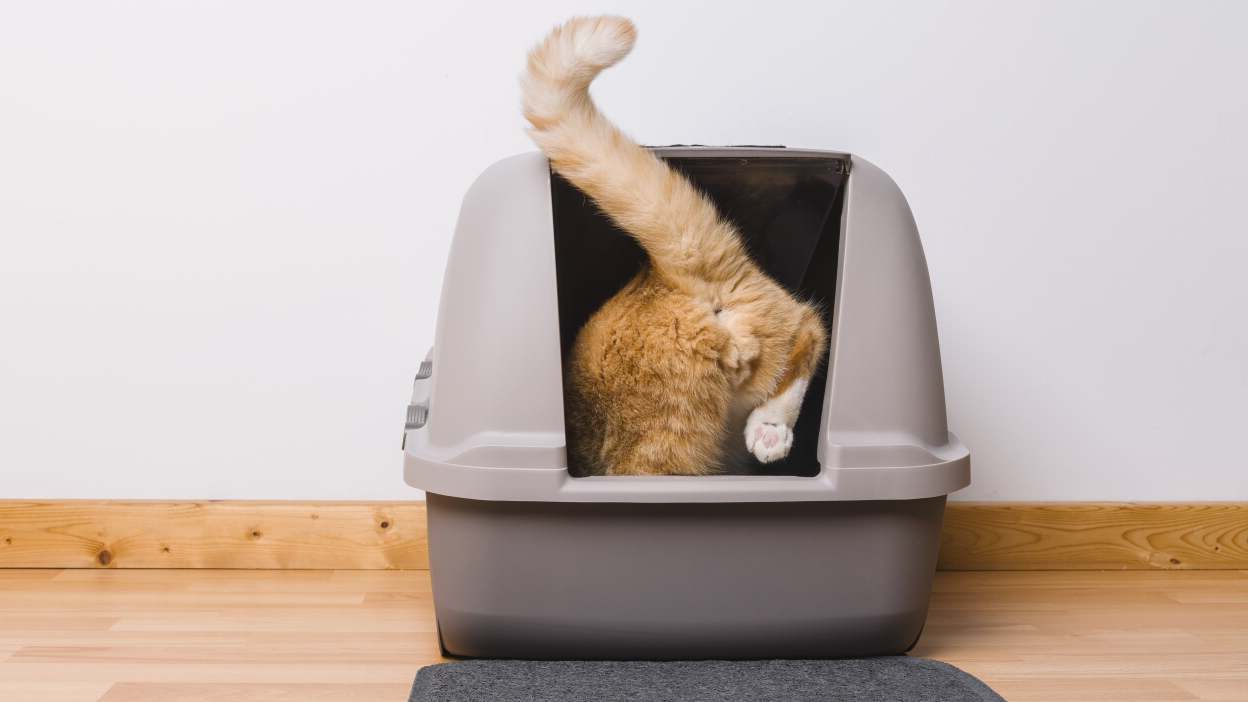
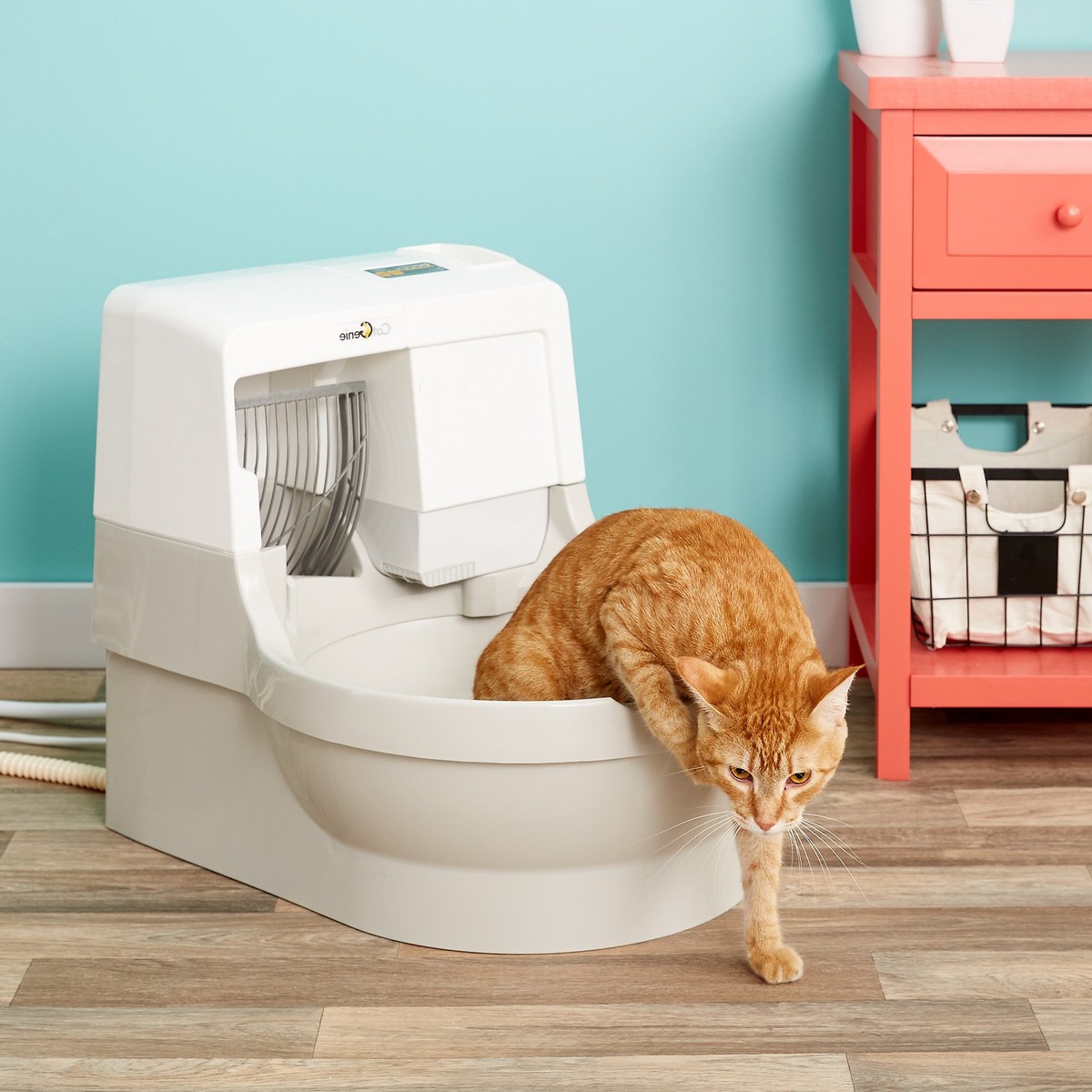
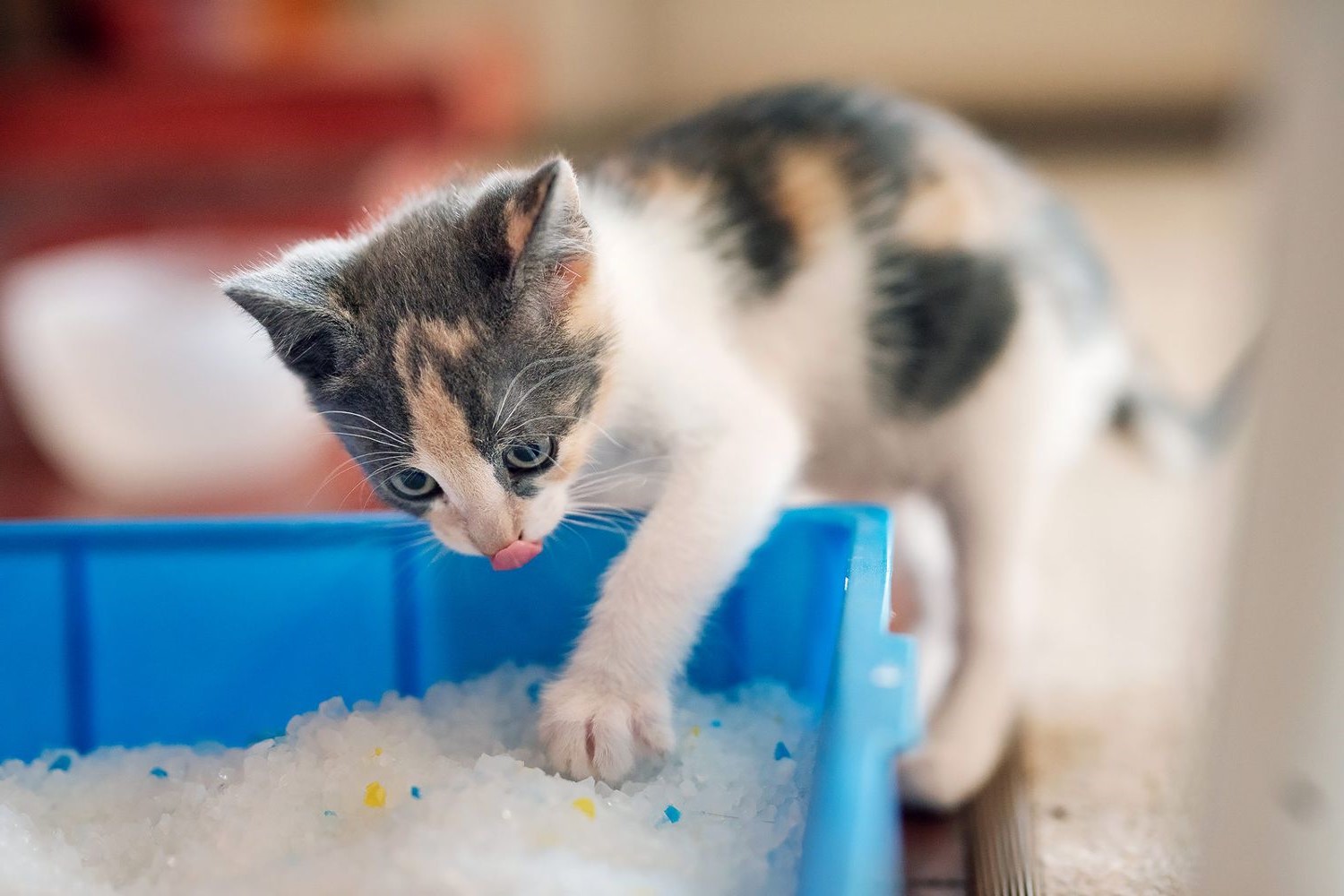
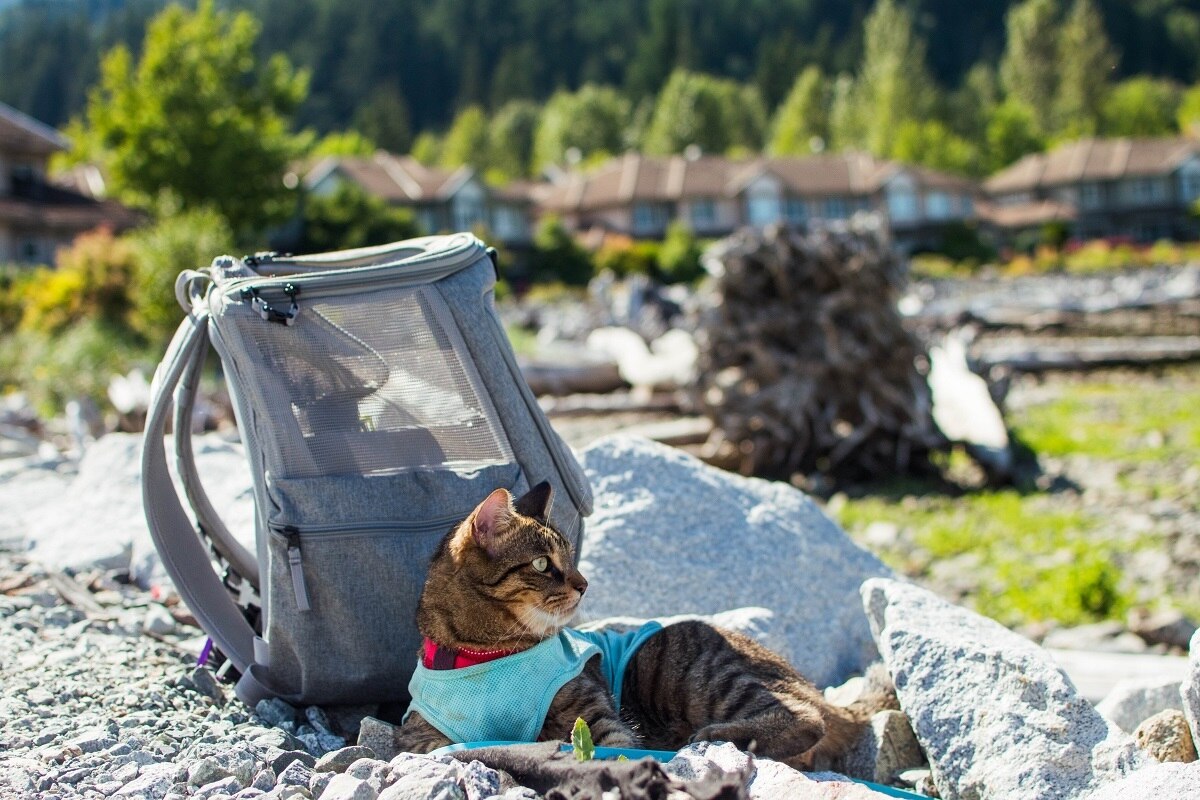
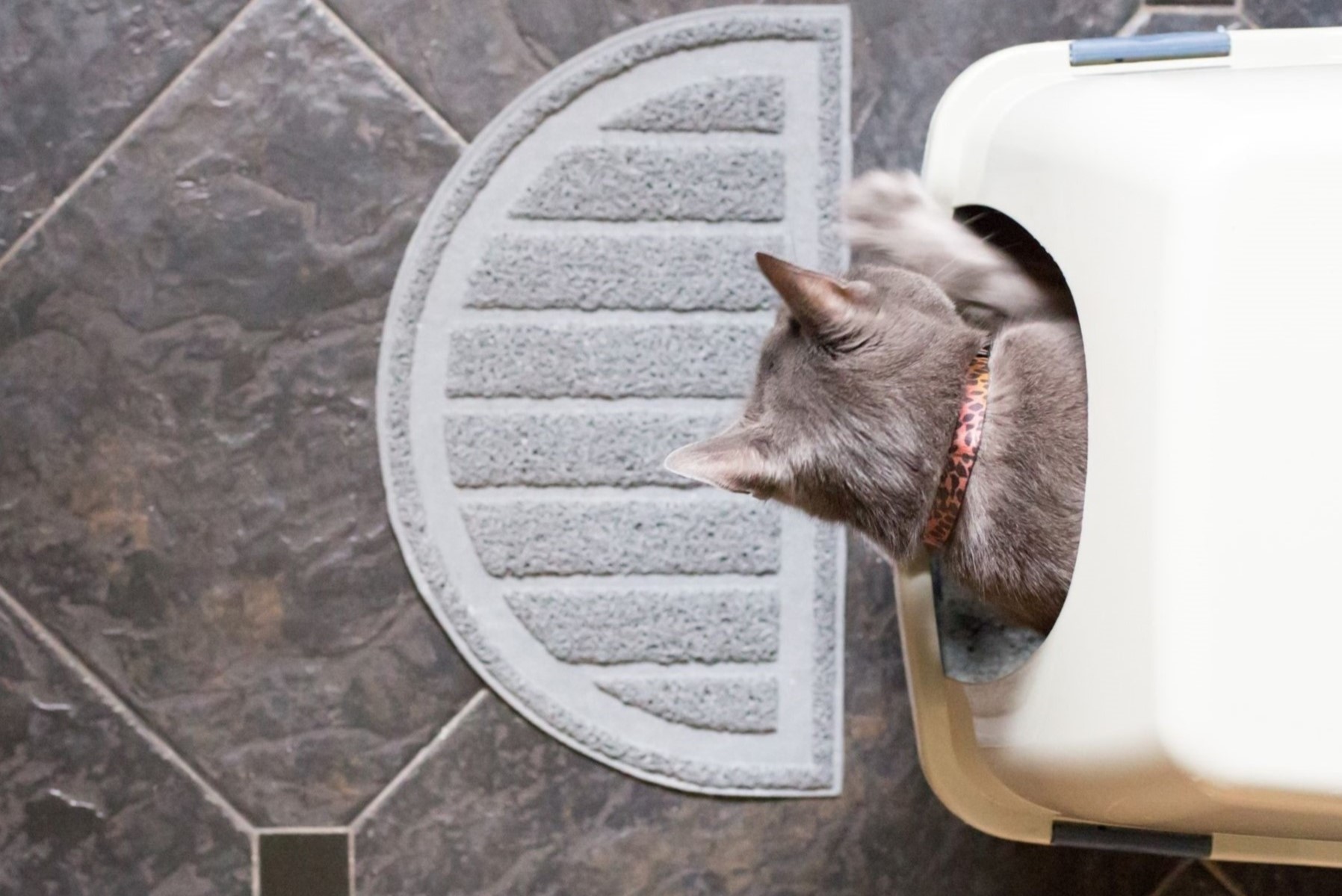
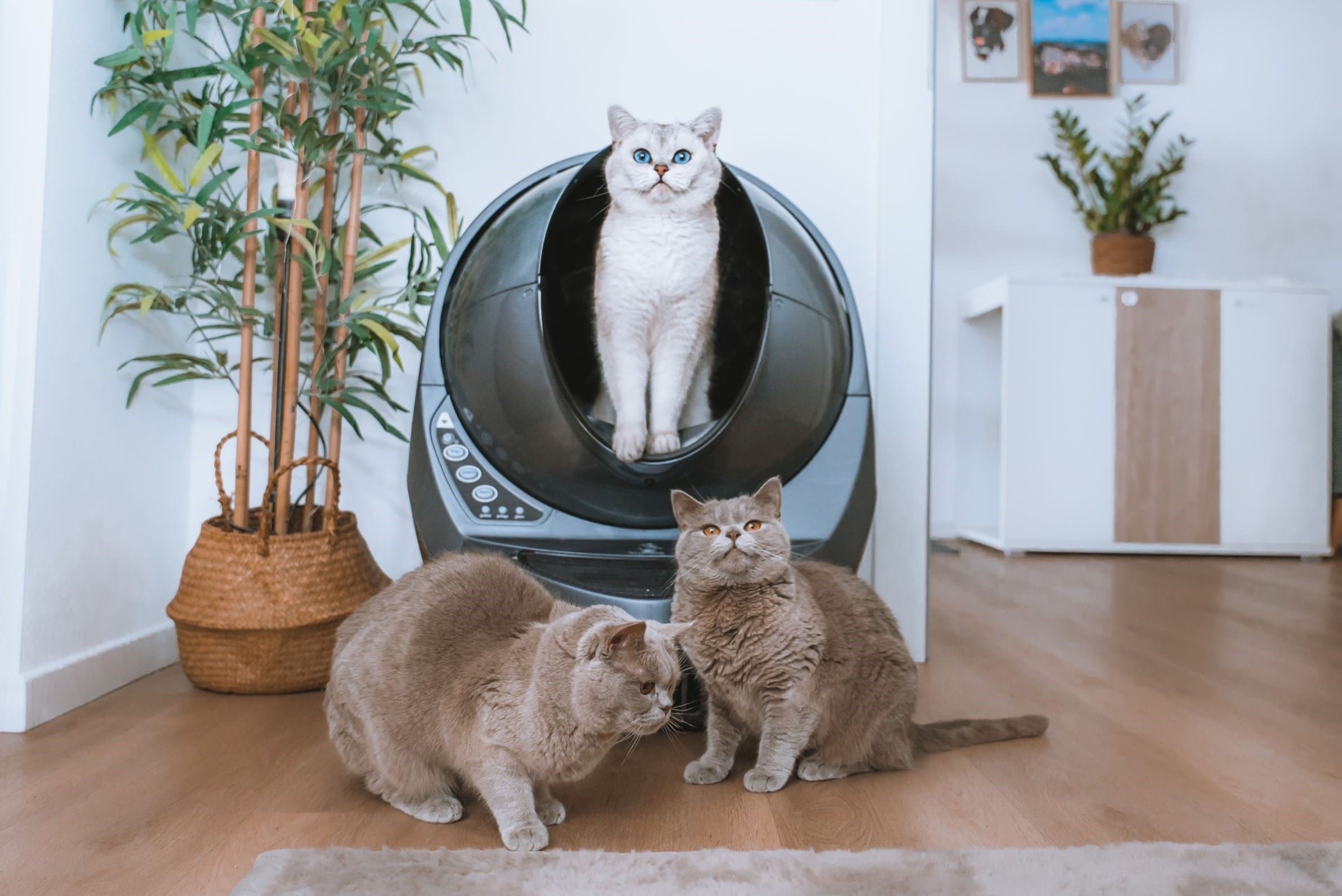
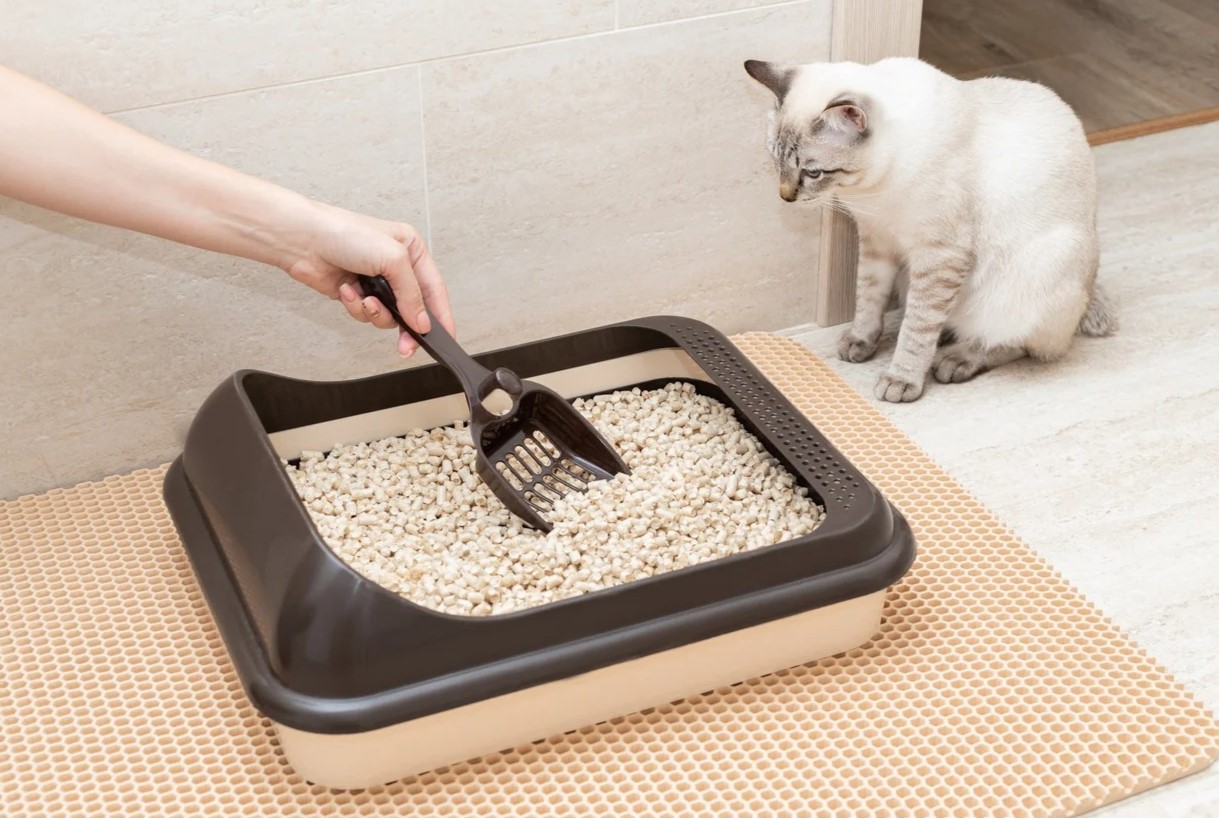
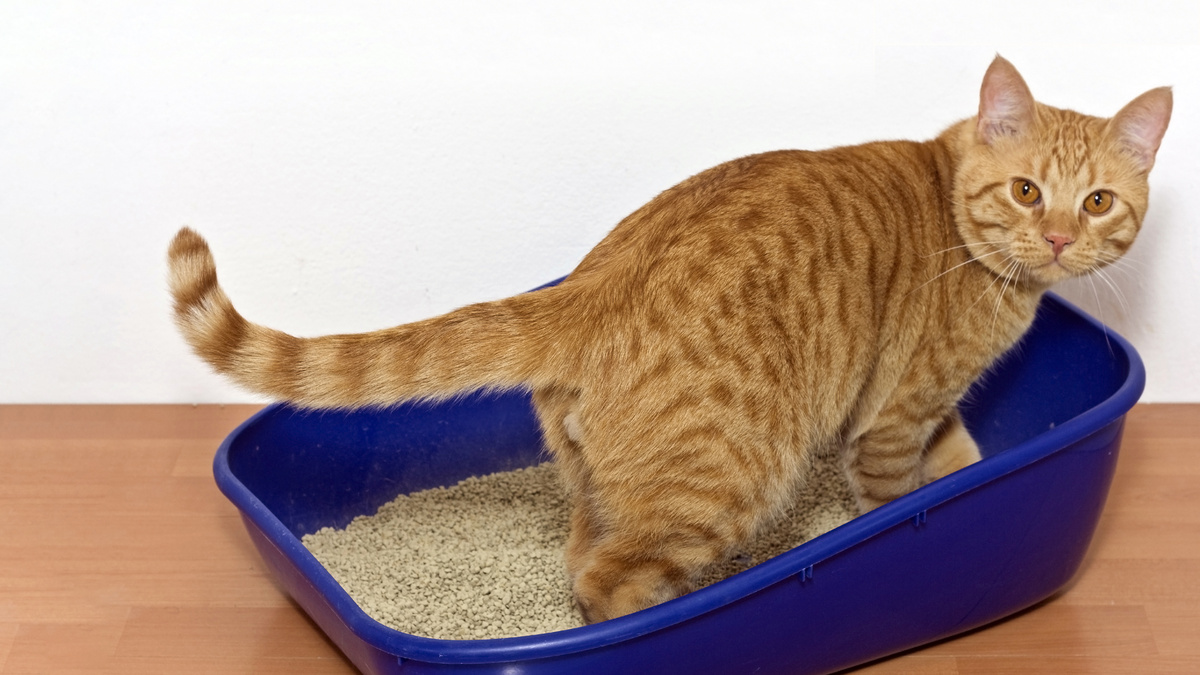
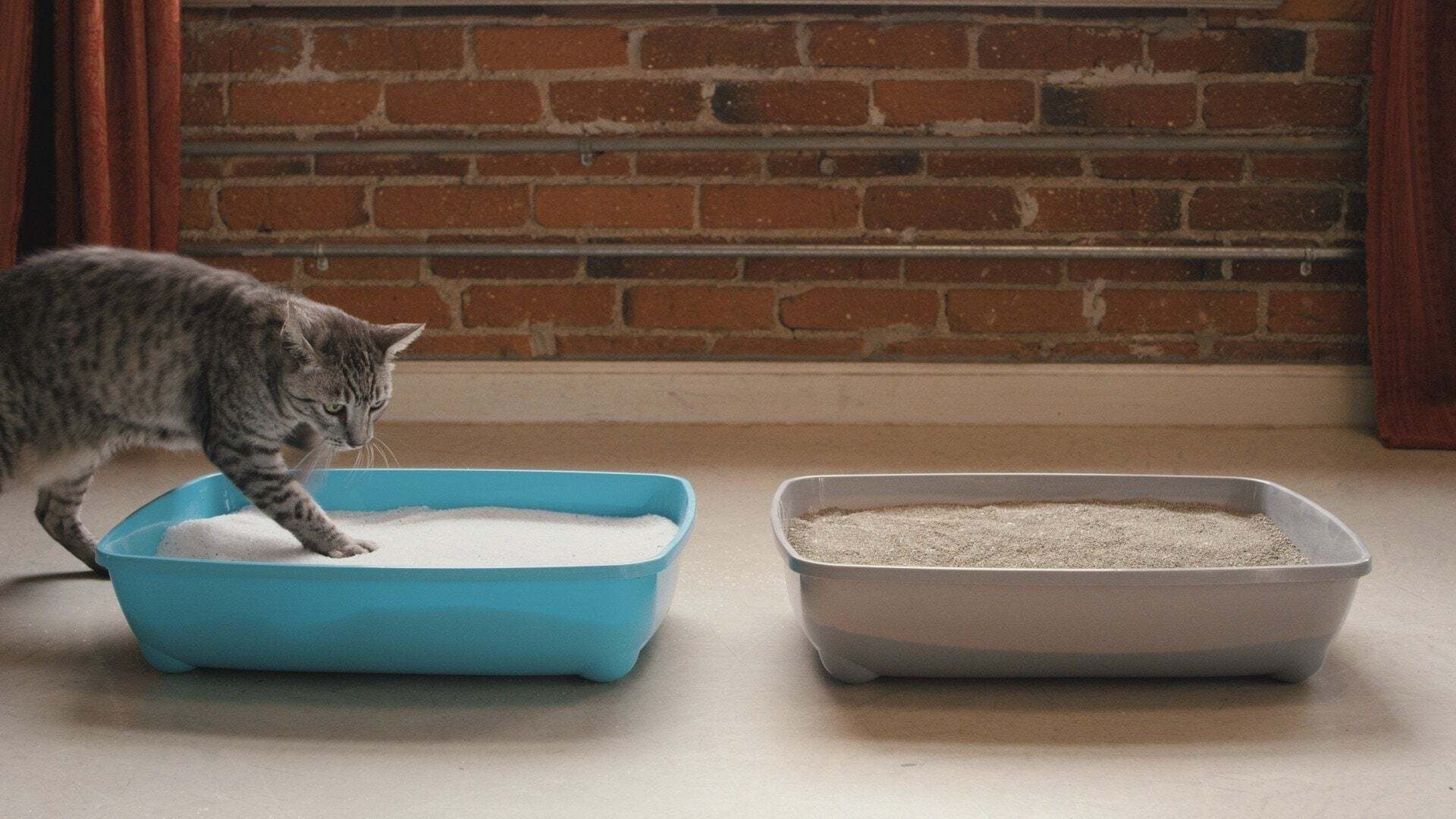

0 thoughts on “How To Prevent Cats From Using The Garden As A Litter Box”